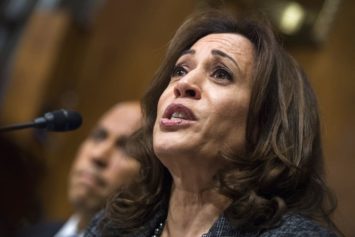It was the failure of the liberal North to integrate African Americans into the mainstream that prompted the reverse migration of blacks back to the South over the past three decades, argues City College of New York professor Daniel DiSalvo in a piece in the Pittsburgh Post-Gazette.
DiSalvo shows how much the black population in the U.S. has shifted since the 1970’s and the end of the Great Migration that author Isabel Wilkerson captures so magnificently in the award-winning “The Warmth of Other Suns.”
DiSalvo calls the reverse migration significant because “not only could it portend major changes to the nation’s politics, it also testifies to the liberal North’s failure to integrate African-Americans into the mainstream,” he writes. “As historian Walter Russell Mead has observed, that failure is ‘the most devastating possible indictment of the 20th century liberal enterprise in the United States.'”
According to the New York Times, the South’s share of the black population growth accounted for “about half the country’s total in the 1970s, two-thirds in the 1990s and three-quarters in the decade that just ended.”
DiSalvo says the census shows the states with the biggest gains in black population have been Georgia, South Carolina, Virginia, Texas and Florida, while New York, Illinois and Michigan have seen the greatest losses.
Today, 57 percent of American blacks live in the South, the highest percentage in a half-century, according to DiSalvo.
The author, who is a senior fellow at the conservative-leaning Manhattan Institute’s Center for State and Local Leadership, uses much of his piece to recount the four major reasons that blacks have fled the liberal North.
1. Private sector jobs have become more plentiful in the South because the powerful public-sector unions, high taxes and heavy regulations in the North prompt more companies to move South. According to DiSalvo, the fastest-growing cities for job creation between 2000 and 2010 were Austin, Raleigh, San Antonio, Houston, Charlotte and Oklahoma City.
2. Housing prices and property taxes are lower in the South, as is the overall cost of living. The 2010 median single-family home price in northeastern metro areas was $243,900, compared with $153,700 in southern metro areas, according to the National Association of Realtors. This has become especially important over the last seven years as black wealth has plummeted during the recession.
3. Public schools in the North have become depressingly bad.
“So some blacks may eventually decide to test their political fortunes outside the safe harbors of the Democratic Party—and that means becoming independents or even joining the GOP,” DiSalvo writes.
“The South, then, in addition to holding more economic promise for blacks, could soon offer them greater political opportunity as well—and, in the process, transform the two parties’ long-established racial dynamics.”


